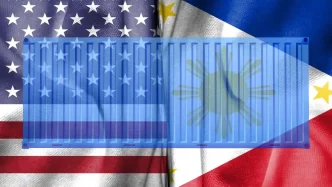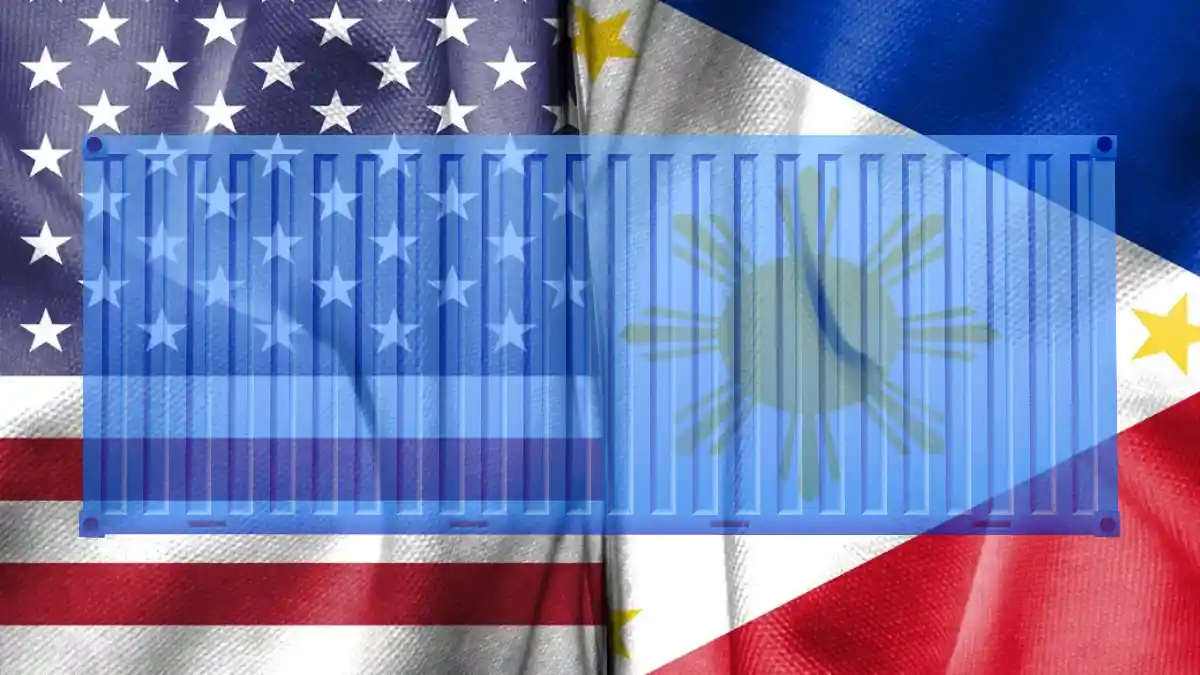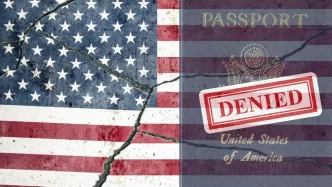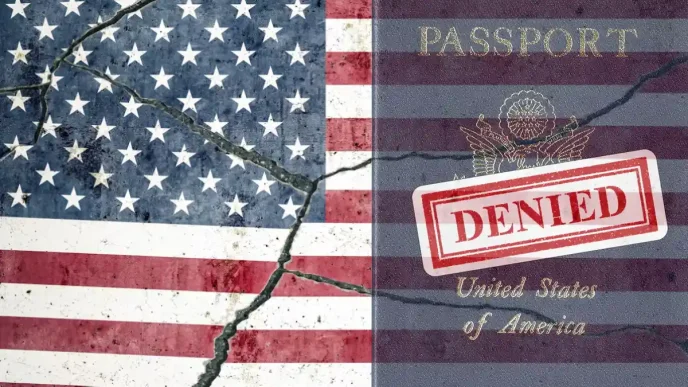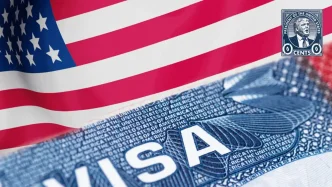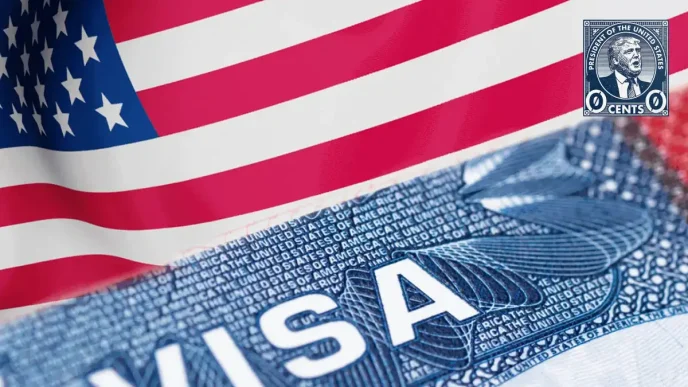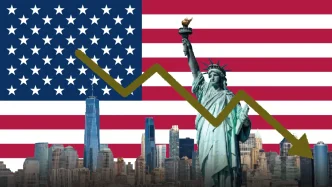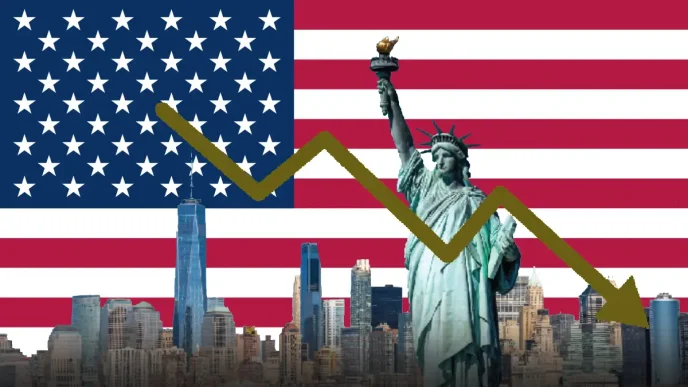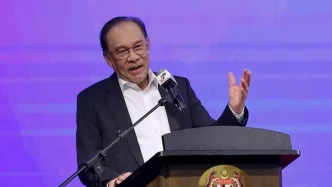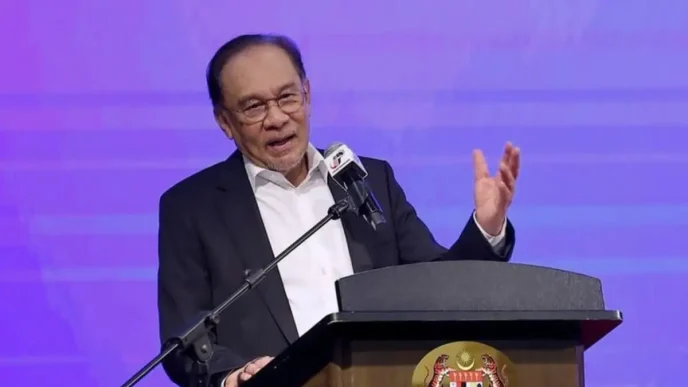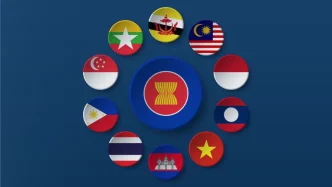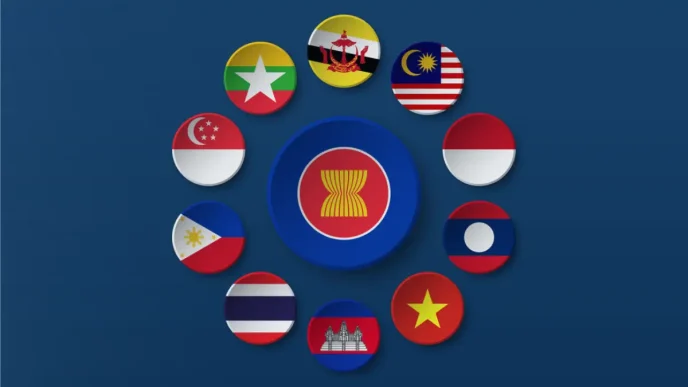In a recent round of trade negotiations in Washington, the Philippines secured a slight reduction in US tariffs on its exports, bringing the rate down to 19% from a previous 20%. While President Ferdinand Marcos Jr. hailed the 1-percentage-point cut as a “significant achievement” the deal has sparked debate over whether Manila has conceded too much by offering zero tariffs on select US imports, including automobiles. As the Philippines navigates its economic relationship with its largest export market, the long-term implications of this agreement remain uncertain.
A Hard-Fought but Modest Concession
The trade talks, held at Blair House in Washington on July 22, 2025, marked a critical moment for the Philippines, which relies heavily on the US as its top export destination. According to data from the Philippine Statistics Authority, the US accounted for 16.6% of Manila’s total exports in 2024, amounting to $73.27 billion. This figure underscores the stakes of the negotiations, as even minor tariff adjustments can have substantial economic ripple effects.
President Marcos, addressing reporters after the talks, acknowledged the limited scope of the tariff reduction but framed it as a victory. He noted that the initial US tariff rate of 17% announced in April had risen to 20% before the negotiations, making the eventual drop to 19% a step forward, albeit a small one. He also hinted at internal US policy dynamics as the reason for the fluctuating rates, though he refrained from elaborating on specifics.
Yet, the Philippine concession of zero tariffs on certain US goods, particularly in the automobile sector, has raised eyebrows. This move opens a significant market for American manufacturers while potentially exposing domestic industries to increased competition. Marcos confirmed that the agreement would also boost imports of soy, wheat, and pharmaceutical products from the US, with the latter expected to lower medicine costs for Filipino consumers. However, he did not specify whether these sectors would also benefit from zero tariffs, leaving room for speculation about the full scope of Manila’s commitments.
US Perspective: Addressing Trade Imbalances
On the other side of the negotiating table, US President Donald Trump has positioned the tariff adjustments as part of a broader strategy to address trade imbalances with over 100 countries, including the Philippines. The Southeast Asian nation currently runs a trade surplus with the US, exporting more than it imports, with a surplus of $4.9 billion recorded last year. Trump’s administration has argued that reciprocal tariffs and market access agreements are necessary to level the playing field for American businesses.
The decision to lower the tariff on Philippine goods to 19% appears to be a calculated gesture—offering just enough to maintain diplomatic goodwill while ensuring that US interests remain protected. At the same time, securing zero tariffs on select American exports to the Philippines represents a clear win for US industries, particularly in automobiles and agriculture, which stand to gain from reduced barriers in a growing market.
Economic Implications for the Philippines
For the Philippines, the trade deal presents a complex mix of opportunities and challenges. On one hand, the modest tariff reduction on exports to the US could provide a slight boost to key industries, particularly electronics, apparel, and agricultural products, which form the backbone of Manila’s export portfolio. Even a 1-percentage-point cut translates into millions of dollars in savings for exporters, potentially enhancing competitiveness in the US market compared to regional rivals like Vietnam or Indonesia.
However, the decision to offer zero tariffs on US imports, especially automobiles, raises concerns about the impact on domestic industries. The Philippine automotive sector, while not as large as those in neighboring Thailand or Indonesia, includes assembly operations and a growing market for locally produced components. Removing tariffs on US vehicles could undercut these businesses, potentially leading to job losses and reduced investment in local manufacturing. Economists warn that without protective measures or incentives for domestic producers, the influx of cheaper American goods could strain an already fragile industrial base.
Moreover, the increased importation of US agricultural products like soy and wheat could have mixed effects. While consumers may benefit from lower prices, local farmers—already grappling with challenges such as climate change and limited government support—may face stiffer competition. The pharmaceutical component of the deal offers a brighter prospect, as cheaper US medicines could improve access to healthcare for millions of Filipinos. Yet, without clarity on whether zero tariffs apply to this sector, the extent of these benefits remains uncertain.
Strategic Considerations in US-Philippines Relations
Beyond the immediate economic impact, the trade agreement must be viewed through the lens of broader geopolitical dynamics in the Indo-Pacific region. The Philippines occupies a pivotal position in US foreign policy, serving as a key ally in countering China’s influence in the South China Sea. Trade concessions, even if modest, are often intertwined with security and diplomatic objectives, and this deal is no exception.
For Manila, maintaining strong economic ties with Washington is not just about trade figures but also about securing political and military support. The US has historically been a major provider of defense equipment and training to the Philippine armed forces, and recent years have seen a deepening of military cooperation through joint exercises and base access agreements. In this context, offering zero tariffs on US goods may be seen as a strategic compromise—a way to reinforce the alliance at a time of heightened regional tensions.
At the same time, the Philippines must balance its relationship with the US against its economic ties with China, which accounted for 12.9% of its exports in 2024. Beijing remains a critical market and source of investment, particularly in infrastructure through initiatives like the Belt and Road. Any perception that Manila is aligning too closely with Washington on trade could complicate its delicate balancing act with China, potentially affecting future economic partnerships.
Domestic Reactions and Political Fallout
Back in the Philippines, the trade deal is likely to face scrutiny from both political opponents and economic stakeholders. Critics may argue that Marcos has conceded too much for too little, pointing to the asymmetry between the marginal US tariff cut and the significant market access granted to American goods. The automobile sector, in particular, could become a flashpoint, with industry groups and labor unions voicing concerns over the potential erosion of local jobs and competitiveness.
On the other hand, proponents of the deal may highlight the importance of maintaining a positive relationship with the US, especially given the Philippines’ reliance on American markets and security guarantees. The reduction in medicine costs, if realized, could also serve as a tangible benefit for ordinary Filipinos, providing a political win for the Marcos administration amid domestic challenges such as inflation and unemployment.
The broader public response will likely hinge on how the government communicates the outcomes of the negotiations. Marcos’ acknowledgment that “this is how negotiations go” suggests an awareness of the trade-offs involved, but it remains to be seen whether this pragmatic stance will resonate with a population eager for more substantial economic gains.
Looking Ahead: A Test for Bilateral Ties
As the details of the US-Philippines trade agreement unfold, its success will depend on how both nations manage the implementation of tariff adjustments and market access provisions. For the Philippines, the challenge lies in leveraging the modest export benefits while mitigating the risks to domestic industries through targeted policies and support mechanisms. For the US, the deal reinforces its economic influence in Southeast Asia, even as it navigates its own domestic priorities under Trump’s trade agenda.
At a regional level, the agreement could set a precedent for how smaller economies engage with major powers on trade. Other ASEAN nations, many of which also face US tariffs as part of Trump’s reciprocity push, will be watching closely to see whether Manila’s concessions yield long-term advantages or serve as a cautionary tale. With global trade tensions showing no signs of abating, the Philippines finds itself at a crossroads—balancing immediate economic needs against the strategic imperatives of an increasingly complex world.
As reforms and negotiations progress, the true impact of this trade deal on the Philippine economy and its international standing remains an open question. Will this marginal tariff cut mark the beginning of a deeper partnership with the US, or will it be remembered as a missed opportunity for Manila to secure a more equitable arrangement?

